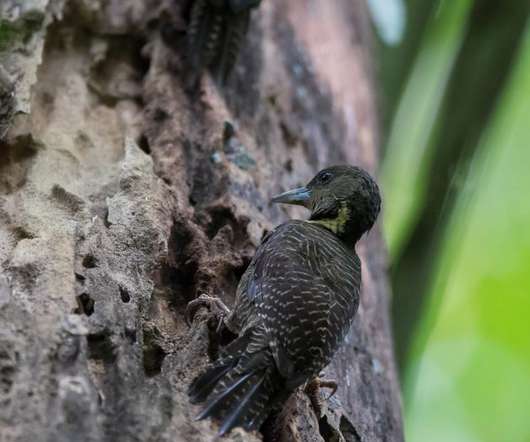Not enough Woodpeckers
10,000 Birds
JUNE 20, 2022
The HBW entry for the Downy Woodpecker (Reno, USA) illustrates a common phenomenon – apparently, the more a species is known, the more subjects for further research pop up. There is a Chinese proverb stating “Laws control a lesser person, right conduct controls a greater one.” Kind of like a diesel version.












Let's personalize your content